Iceland is an island country in the northern Atlantic Ocean. It is the westernmost European country and its capital is the most northern capital in the world.
Much of Iceland is covered by glaciers and the coast is marked with lots of bays and fjords. Iceland lies on a fault line between the Eurasian and North
American tectonic plates. (You can see about these in our video at the start of this whole section). As a result Iceland has
many volcanoes which are active. In 2011 a large volcano erupted and the ash cloud caused problems for aeroplanes flying in and around Europe.
The land is generally flat with some mountain peaks.
The geographical coordinates for the centre of Iceland, also known as lines of latitude and longitude, are:-
Latitude - 65 00N
Longitude - 18 00W
The capital of Iceland is Reykjavik.
Iceland is a parliamentary republic with a president as head of state and a prime minister as head of the government.
In elections everyone over the age of 18 can vote.
The currency in Iceland is the Icelandic Krona. Iceland began formal talks to join the European Union in 2010 and these are still going on.
Icelandic is the official language.
Check the weather in Reykjavik now.
This is the time in Reykjavik now








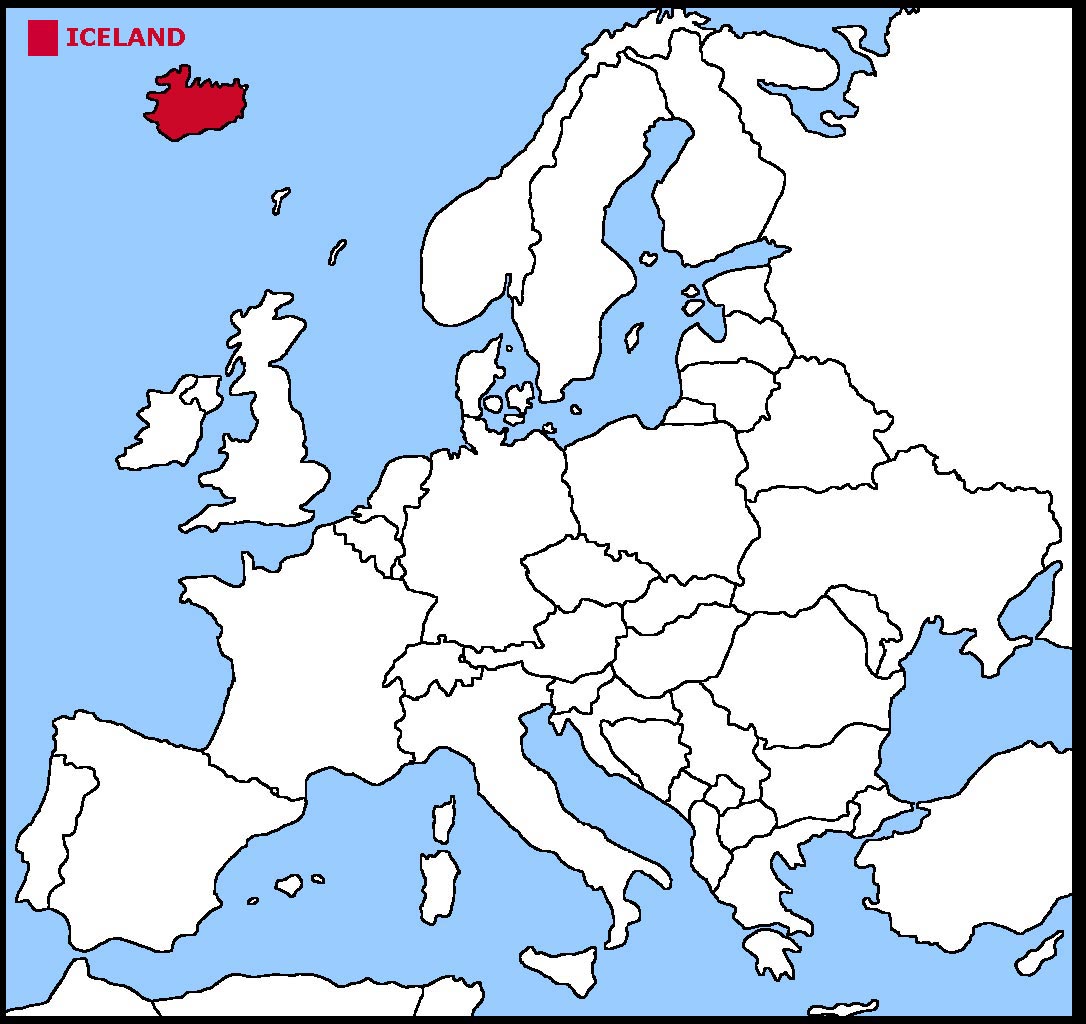

 The Icelandic flag is a red cross on a
larger white cross, all on a blue background. The two crosses are moved to the left side of the flag nearest the flagpole. The
colours represent the blue of the ocean which surrounds Iceland, the white of the snow which covers the land and the red of volcanic fires which can be seen
on the island.
The Icelandic flag is a red cross on a
larger white cross, all on a blue background. The two crosses are moved to the left side of the flag nearest the flagpole. The
colours represent the blue of the ocean which surrounds Iceland, the white of the snow which covers the land and the red of volcanic fires which can be seen
on the island.


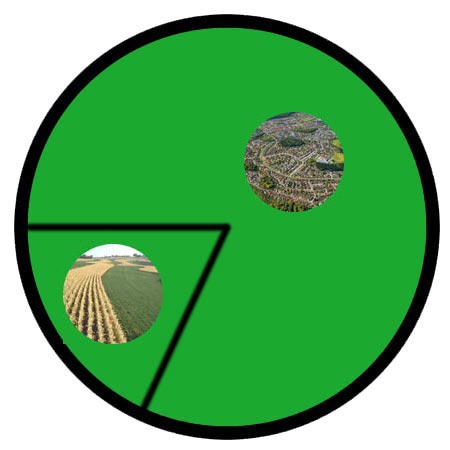

 Each little Owlbut is 1 person and
the big yellow rectangle is 1 sq km. After a while you can compare countries and see which ones are the most crowded. Remember it is only an average as
more people live closer together in towns and cities than in villages out in the country.
Each little Owlbut is 1 person and
the big yellow rectangle is 1 sq km. After a while you can compare countries and see which ones are the most crowded. Remember it is only an average as
more people live closer together in towns and cities than in villages out in the country.
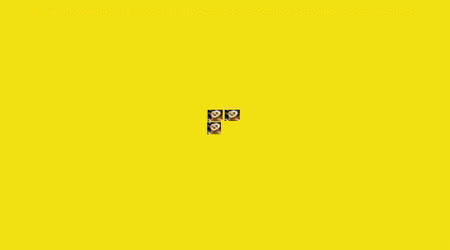

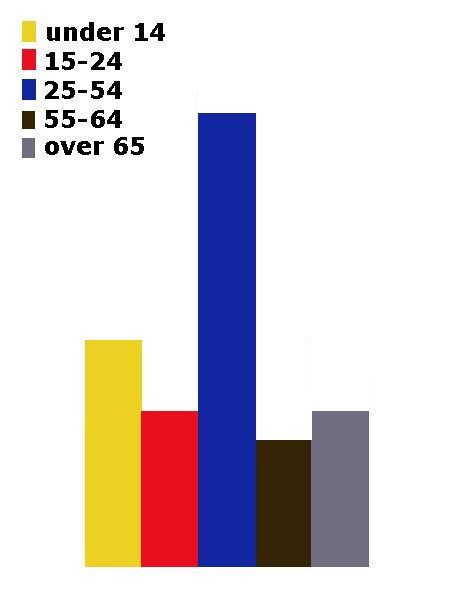
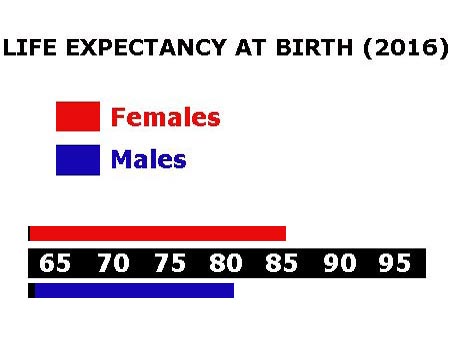

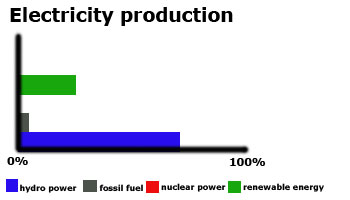

 They work in the following sectors.
They work in the following sectors.



